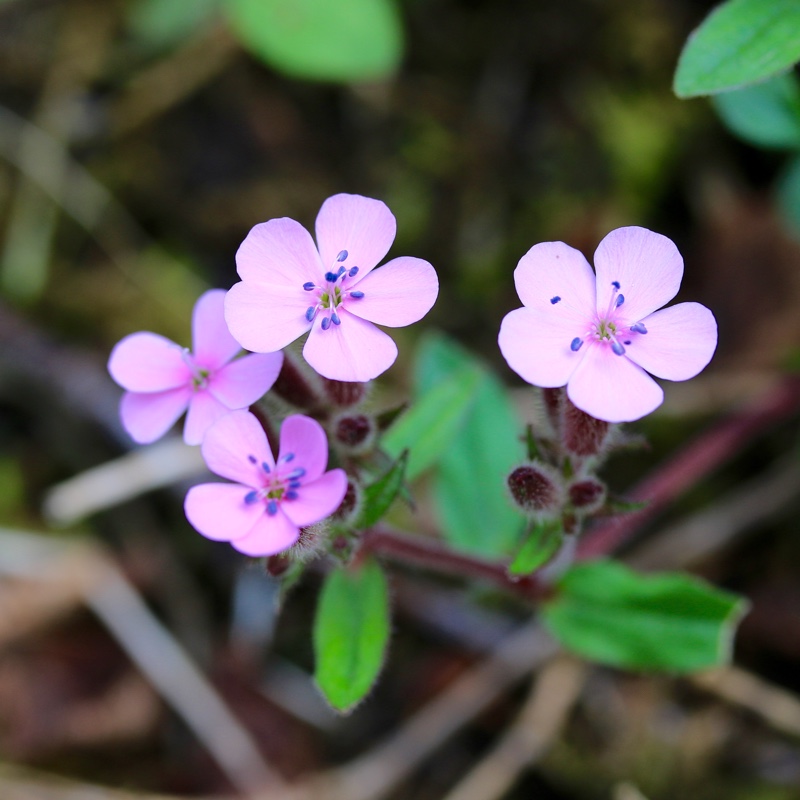
Saponaria ocymoides 'Rose'
Tumbling Ted 'Rose'
Saponaria can be annuals or perennials, with opposite, entire leaves and small clusters of pink or purple flowers in late Spring and Summer. Tumbling Ted is a clump forming, spreading, semi-evergreen perennial with red stems and hairy green foliage. In late Spring it is smothered in small star-shaped flowers
Contributed by @crestiesneuk
-
Full sun
-
Very little water
-
Full Frost Hardy: 5F (-15°C)
-
Free draining and fertile
Common name
Tumbling Ted 'Rose'
Latin name
Saponaria ocymoides 'Rose'
type
Herbaceous Perennials
family
Caryophyllaceae
ph
6.6 - 7.8 Acid - Neutral
Plant & bloom calendar
-
Best time to plant
-
When the plant will bloom
full grown dimensions
 0.45 M
0.10 M
0.45 M
0.10 M
Saponaria ocymoides 'Rose'
Saponaria can be annuals or perennials, with opposite, entire leaves and small clusters of pink or purple flowers in late Spring and Summer. Tumbling Ted is a clump forming, spreading, semi-evergreen perennial with red stems and hairy green foliage. In late Spring it is smothered in small star-shaped flowers
Flowering Season
From Late Spring TO Late Summer
Clusters of flowers appear in Summer
Planting
From Early Spring TO Mid Spring
Plant in Spring in moderately fertile, well-drained, neutral to alkaline soil in full sun
Propagation by Division
From Mid Spring TO Mid Spring
Using a fork dig up plant, trying to keep the root ball as complete as possible. Split the root ball at the centre with a sharp knife or a spade, or by placing two garden forks back-to-back into the middle of the root ball, and pushing the fork handles apart.to lever the root ball apart. Replant the new clumps to the same depth as the original, and water well. Keep well watered until established.
Propagating by cuttings
From Late Spring TO Early Summer
Take softwood cuttings from new growth early in the day in Spring or early Summer. Cut, neatly, a 4" approx. piece of a non-flowering shoot, pinch out the tip, and cut off the bottom leaves. Dip the bottom of the cutting in hormone rooting powder, and carefully place in a pot of cutting compost with the leaves just above the level of the compost. Water, label, cover with a polythene bag, and place in a warm, bright place, out of direct sunlight. Take the polythene bag off periodically for a while for ventilation (at least twice a week)
Propagating by seed
From Early Spring TO Mid Spring
Fill a pot, seed tray, or modular tray with proprietary seed-sowing compost (John Innes Seed for example), or use 50% multi-purpose compost mixed with 50% perlite or coarse grit. Firm the compost and water it, allowing any excess to drain away. Sow the seeds thinly, with a finger's width between each seed, or sow one or two per module (depending on the size of the modules). Large seeds need to be covered with sieved compost or vermiculite. Small seeds do not need covering and in fact some need light in order to germinate.









